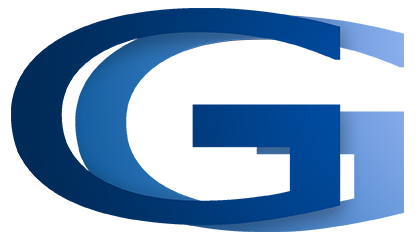Grease
Fats, Oils, and Greases aren't just bad for arteries and waistlines;they are bad for sewers, too.
Where does the grease come from?
A byproduct of cooking, grease comes from meat fats, lard, oil, shortening, butter, margarine, food scraps, baking goods, sauces, and dairy products. When washed down the sink, grease sticks to the insides of sewer pipes (both on your property and in the streets). Over time, it can build up and block the entire pipe. Caution: Home garbage disposals do not keep grease out of the plumbing system. Products, such as detergents, that claim to dissolve grease may pass it down the line and cause problems elsewhere.
The results can be:
- Raw sewage overflowing in your home or your neighbor's home;
- An expensive and unpleasant cleanup that often must be paid for by you, the home or business owner;
- Raw sewage overflowing into parks, yards, and streets;
- Potential contact with disease-causing organisms; and
- An increase in operation and maintenance costs for local sewer departments, which causes higher sewer bills for customers.
WHAT YOU CAN DO TO HELP:
Help prevent sewer overflows by:
- Never pouring grease down sink drains or into toilets;
- Scraping grease and food scraps into a can or the trash for disposal (or recycling where available);
- Putting baskets/strainers in sink drains to catch food scraps and other solids, and emptying them into the trash; and
- Speaking with your friends and neighbors about how to keep grease out of sewers.
What restaurant and building owners need to know about grease traps or interceptors:
For a grease trap or interceptor to work correctly, it must be properly:
- Designed (sized and manufactured to handle the amount that is expected);
- Installed (level, vented, etc.); and
- Maintained (cleaned and serviced on a frequent basis)
Solids should never be put into grease traps or interceptors. Routine, often daily, maintenance of grease traps and interceptors is necessary.
